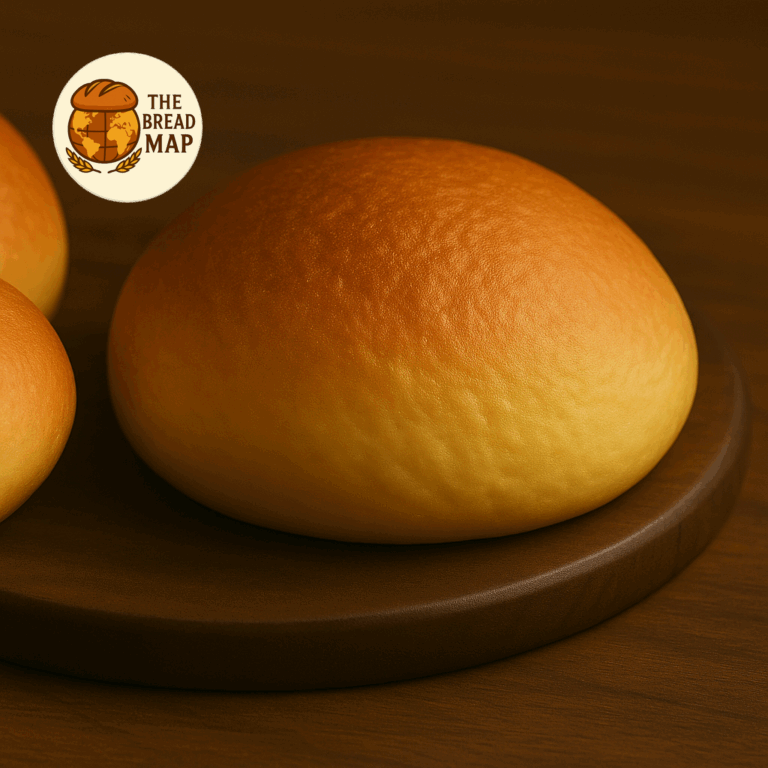
If you stroll along the Caribbean coast of Honduras, chances are the scent of freshly baked Pan de Coco will greet you before you even see it. Don’t let the translation—“coconut bread”—mislead you: this is not the sugary pastry you might be imagining. Instead, Pan de Coco is a savory, satisfying staple rooted in the culture and culinary traditions of the Garifuna people. It’s the kind of bread that tells a story in every bite—rich, hearty, and steeped in history.
Historical Background
The history of Pan de Coco is deeply intertwined with that of the Garifuna, an Afro-Caribbean community descended from African, Arawak, and Carib peoples. After being exiled from the island of St. Vincent in the 18th century, the Garifuna settled along the coasts of Central America—particularly in Honduras. Food was more than sustenance; it was a way to preserve their identity and culture in new lands. Pan de Coco likely emerged during this time, incorporating readily available ingredients like coconut, an abundant resource along the tropics.
Region of Origin
You’ll find the best Pan de Coco in Garifuna villages along Honduras’ northern coast, especially in towns like La Ceiba, Trujillo, and Tela. Here, coconut trees sway over sandy paths, and the community’s rhythms—from drumming to kitchen work—are pulsing with cultural pride. In these regions, Pan de Coco is more than bread—it’s a symbol of celebration and heritage.
Ingredients and Preparation
Though recipes vary slightly by household, the foundation of Pan de Coco is surprisingly simple. Unlike many Western breads, this one is yeast-free and leans more toward a quick bread texture—dense, cake-like, and slightly chewy.
- All-purpose flour
- Salt
- Baking powder
- Grated coconut or coconut milk (freshly squeezed when possible)
- Water or light coconut water
- Oil or lard (optional, depending on tradition)
The dough is kneaded until smooth, shaped into round discs, and typically baked in a wood-fired oven or on a griddle. The result is a rustic, golden-brown bread with a subtle coconut essence—not overpowering, but enough to transport you to palm-lined shores.
Cultural Importance
Pan de Coco plays a vital role in Garifuna cuisine, often served as a hearty accompaniment to dishes like:
- Hudut – a coconut-based fish stew with mashed plantains
- Tapado – a rich seafood soup made with green plantains and, of course, coconut milk
- Sopa de caracol – a savory conch soup to which Pan de Coco is the perfect sidekick
Far from just a pantry staple, Pan de Coco is also made to mark family gatherings, religious celebrations, and even beachside feasts on holidays. It’s passed down through generations, each household adding a personal touch—some may add grated cassava for extra texture, while others might introduce a hint of sweetness or spice.
In the end, Pan de Coco is more than a bread—it’s a living tradition, one that speaks to survival, community, and creativity. For anyone seeking a taste of true Honduran culture, this humble bread offers a delicious first bite.
Leave a Reply